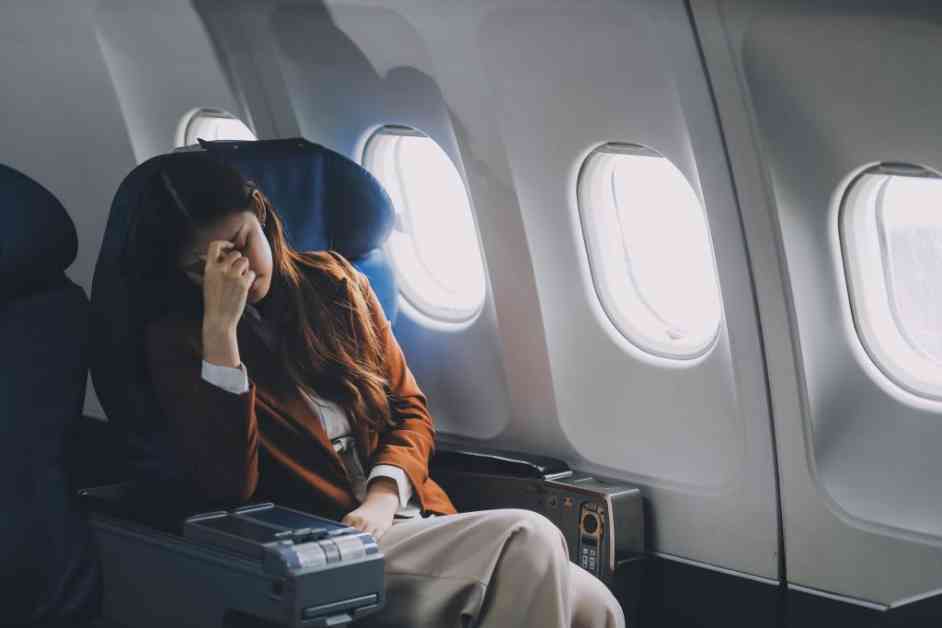Flight Anxiety: Navigating Skies of Fear and Safety
With recent plane accidents and incidents haunting the minds of travelers, the fear of flying has taken a turbulent turn this year. As more planes take to the skies, concerns about airline staff shortages and airplane malfunctions have left passengers anxious about boarding a flight. A study published last year revealed that nearly half of Gen Z, along with a significant percentage of millennials, Gen X, and baby boomers, harbor a fear of flying. These statistics have likely surged in recent months, reflecting the current unease surrounding air travel.
Anxiety about flying can manifest in various ways, ranging from mild nervousness to severe panic attacks. For many passengers, the mere thought of boarding a plane can induce feelings of dread, nausea, and apprehension. Licensed therapist Jenny Matthews highlighted how severe flight anxiety can lead individuals to avoid flying altogether due to intense fear, breathing difficulties, and debilitating panic attacks.
Exploring Strategies to Soar Above Fear
To help passengers navigate their flight anxiety and find solace in the skies, experts recommend a blend of factual knowledge and practical tips. Commercial pilots, who undergo rigorous training and hold the highest aviation credentials, ensure the safety of air travel. Regular aircraft inspections and maintenance, overseen by the Federal Aviation Administration, uphold industry standards for safety. Additionally, the regulated air traffic control system directs flights to ensure a secure and orderly travel experience.
When choosing a seat on an aircraft, passengers can optimize their safety by selecting middle seats in the rear of the plane, statistically proven to have lower fatality rates than other seating options. Sitting over the wings offers a smoother flight experience, minimizing exposure to turbulence and providing stability. By understanding the safety measures in place and strategic seating choices, passengers can alleviate their anxieties and approach air travel with more confidence.
Strategies for a Calm Flight Experience
For passengers grappling with fear of flying, visualizing potential stressors and preparing for worst-case scenarios can help manage anxiety. By acknowledging and labeling their emotions, individuals can confront their fears and communicate their feelings to alleviate anxiety. Relaxation techniques, such as deep breathing and muscle relaxation, can further calm the mind and body during moments of heightened stress.
Distracting oneself during the flight can also ease anxiety and provide a sense of comfort. Noise-canceling headphones, engaging in in-flight entertainment, or focusing on future plans post-landing can shift attention away from fears and foster a more enjoyable flight experience. Flight attendants recommend creating a list of activities or positive moments to look forward to after the flight, transforming the journey into an opportunity for relaxation and rejuvenation.
In conclusion, while fear of flying may be a common sentiment among travelers, equipping oneself with knowledge, relaxation techniques, and distraction strategies can empower passengers to overcome their anxieties and embrace the thrill of air travel. By understanding the safety protocols in place, choosing optimal seating arrangements, and practicing mindfulness during the flight, individuals can navigate the skies with confidence and peace of mind. Remember, the next time you board a plane, you are not simply flying; you are soaring above your fears into the boundless expanse of the sky.










